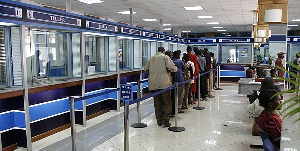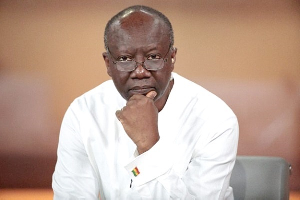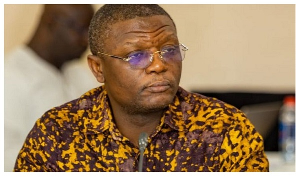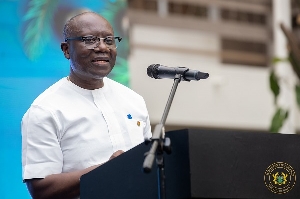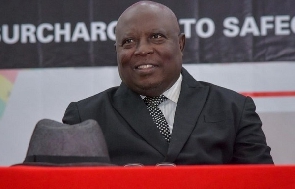The central bank of Ghana has announced higher minimum capital requirements for the country’s lenders, in line with implementation of Basel II and III standards.
On September 10, the Bank of Ghana (BoG) introduced the Internal Capital Adequacy Assessment Process (ICAAP) under the Basel II framework. The ICAAP will require banks to more than treble their minimum capital to GH¢400m (US$91.6m) by December 31, 2018.
This represents a much bigger jump than previous increases imposed by the regulator over the past decade to strengthen the balance sheets of Ghana’s banks.
In 2008 the BoG lifted the minimum capital requirement from GH¢7m (US$1.6m) to GH¢60m (US$13.7m), giving foreign banks two years and local banks five years to comply with the rule. In 2012 it raised it again to GH¢120m (US$27.5m).
Local banks in need of fresh capital
The new requirements are likely to accelerate consolidation, given the size of the capital increases, which in turn could improve the ability of Ghanaian banks to finance some of the country’s large-scale infrastructure projects.
“We need deep-pocketed banks to undertake heavy capital-intensive projects; that is why we are increasing the minimum capital requirement to force smaller banks to come together,” Francis Blankson, Head of Financial Stability at the BoG, said at a conference in Accra in March.
The BoG’s efforts to encourage this have begun to bear fruit. In August 2017 the BoG approved a deal that will see Ghana Commercial Bank (GCB) take over UT Bank and Capital Bank, after they both failed to meet the minimum capital requirement and increase their capital adequacy ratio to 10% of risk-weighted assets. The takeover will see all deposits and selected assets of both banks transferred to GCB, while the remaining assets and liabilities will be realised and settled through a receivership process to be undertaken by PwC.
However, according to Patience Akyianu – managing director of Barclays Ghana, the pace of consolidation could be slower than anticipated.
“Even though the competitive landscape of the sector can change and some degree of consolidation is to be expected, the extent to which this will happen – given the timeframe for compliance and the current levels of capital of some institutions – will not be as widespread as some analysts suggest,” she told OBG.
New, risk-based capital requirements
Several aspects of the Basel II and III accords are already part of Ghana’s regulatory framework, including the full adoption of international financial reporting standards and the concept of risk-based bank supervision.
In line with the principles of the Basel framework, the new capital requirement is risk-based, requiring banks to hold both a minimum capital and a buffer level of capital that reflects the inherent risks of their portfolios.
The BoG, which has been working with the IMF as part of the implementation process for the Basel standards, is expected to play an active role in helping guide banks to meet the new rules. PwC’s 2017 Ghana Banking Survey, which focused on the risk-based minimum regulatory capital regime, found that while the majority of its respondent banks had not yet developed any plan to implement a risk-based system, most had initiated discussions to produce and implement such plans.
External pressures lead to rise in NPLs
The new regulatory minimums should help further strengthen the country’s lenders’ health, which has historically been relatively well capitalised – although recent external pressures have led to a rise in non-performing loans (NPLs).
The banking sector currently has a high level of solvency, with a capital adequacy ratio of 14.8% in June according to a Financial Stability Report by the BoG. Total sector assets and deposits have also continued to see strong growth, increasing by 32.9% and 32% y-o-y, respectively, to GH¢89.1bn (US$20.4bn) and GH¢55.7bn (US$12.8bn) in July, according to the bank.
However, the BoG noted that the NPL ratio was up 2.2 percentages points in the 12 months to June at 21%, and that total NPLs had risen by 25% to GH¢8bn (US$1.8bn).
The increase in NPLs comes as the country grapples with slow headline growth and a scaling-back of public spending, with government working with the IMF to rein in its budget deficit – which totalled 6.3% of GDP in July.
Opinions of Thursday, 2 November 2017
Columnist: thebftonline.com





